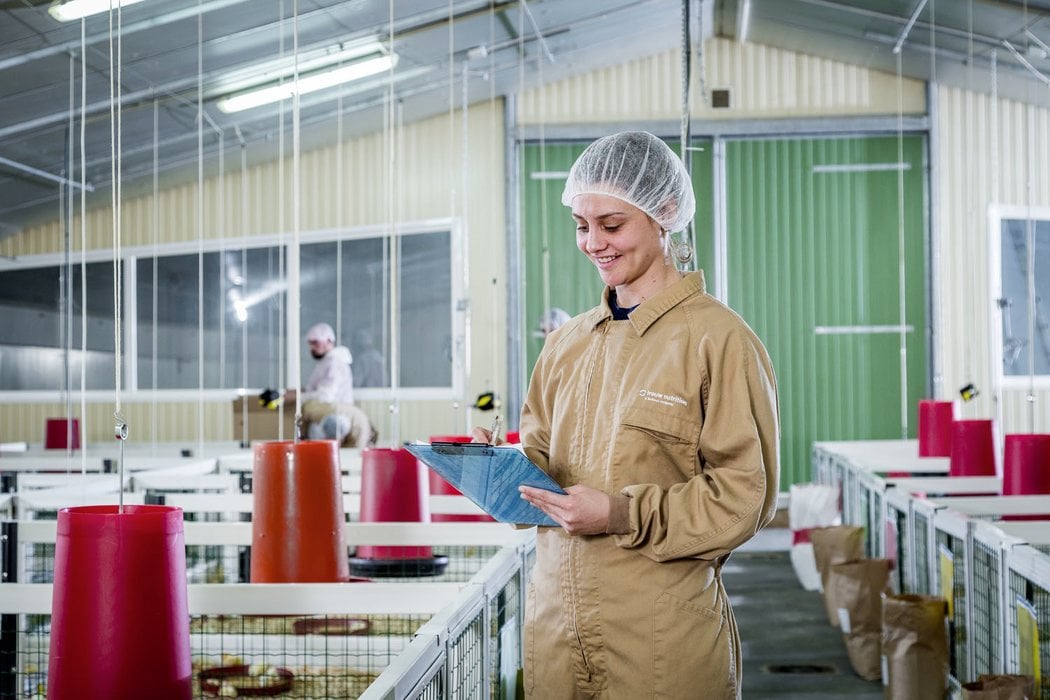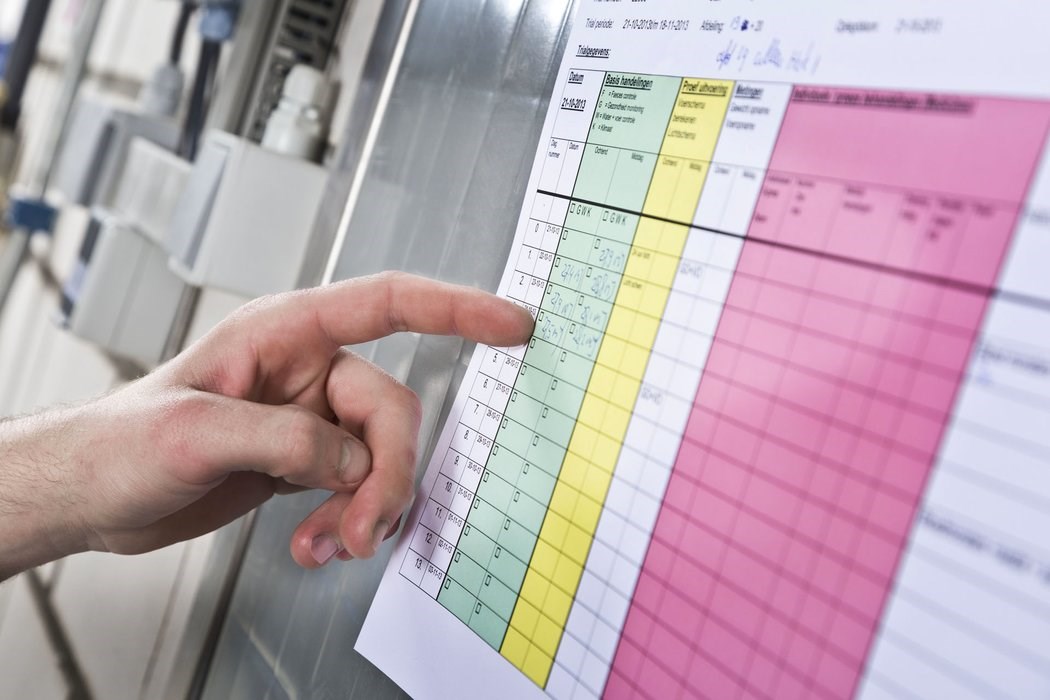
Mycotoxin Risk Management Programme
This programme aims at providing comprehensive and integrated knowledge to manage mycotoxins effectively.

The effective management of mycotoxins in layers starts with identifying the mycotoxin challenge. The problems can be different in different farms and hence mycotoxin analysis in raw materials within few hours of receiving raw materials is critical to decide whether to accept that raw material or not. In this regard rapid lateral flow technology are particularly helpful. Mycomaster, based on this principle, can assist farmers through the analysis of six key mycotoxins within 30 minutes. These toxins include aflatoxins, ochratoxin A, T-2 toxin, DON, fumonisins and zearalenone. Unlike many rapid tests, Mycomaster can analyse mycotoxins in complete feeds, including layer feed. Such analysis coupled with on-farm bird symptoms and veterinarians' post-mortem findings helps in collective and accurate diagnosis of mycotoxin challenge. Another tool TN has developed to provide customer-specific recommendations is NutriOpt Mycotoxin Advisor which will provide recommendations based on mycotoxin analysis in layer feed coupled with practical guidance values set for multiple mycotoxins. For this reason, we encourage feed millers and layer farmers to connect their Mycomaster to our database.
There are two kinds of layer farmers across the globe. Those who produce their own feed and those who buy from commercial feed millers. The challenge of mycotoxins starts with the loss of raw materials for the former. If the farmers are not careful in selecting right quality raw materials, they may lose money at a later stage if such raw materials are deemed unfit to be used in feed manufacturing. The second challenge of mycotoxins is related to loss of health and performance of laying hens. Unlike the broiler chicken cycle, commercial layers are productive for a minimum of 70 weeks of age. As a result layers suffer from chronic mycotoxin toxicity even when the amount of mycotoxin is very minimal in the feed. Chronic toxicity is hard to diagnose as classical symptoms may be absent. Monitoring of layers exposed to chronic mycotoxin toxicity has revealed poor egg production, eggshell quality, litter quality, feather coverage and antibody titres and increased FCR and mortality.

Commercial layers are constantly exposed to mycotoxins, leading to chronic toxicity and economic losses. A comprehensive mycotoxin risk management programme should be in place to prevent or reduce the impact on the farmer.